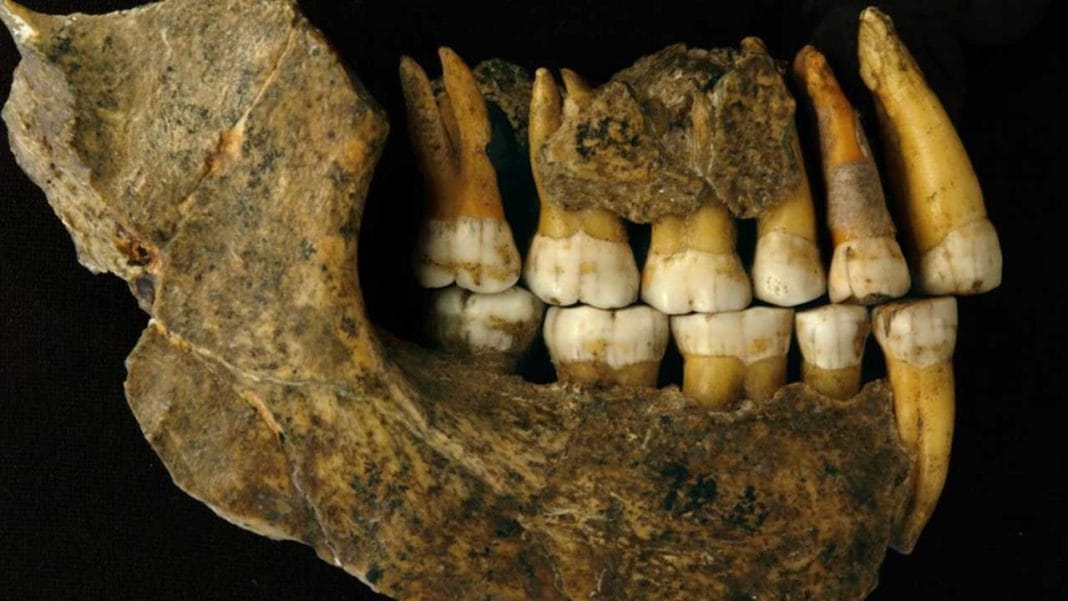The James Webb Space Telescope (JWST), a groundbreaking observatory launched in December 2021, has once again demonstrated its capabilities by capturing a breathtaking image of a dying star. This celestial object, known as a planetary nebula, is in the final stages of its life cycle, showcasing the intricate beauty and complexity of stellar evolution. The image not only highlights the stunning visual aspects of the nebula but also serves as a critical tool for astronomers seeking to understand the processes that govern the life and death of stars.
Planetary nebulae are formed when medium-sized stars, like our Sun, exhaust their nuclear fuel. As these stars reach the end of their life cycles, they expel their outer layers into space, creating a glowing shell of gas and dust. The core of the star, now a white dwarf, remains at the center of this nebula, illuminating the expelled material and causing it to emit light in various wavelengths. The JWST’s advanced instruments are capable of capturing this light in unprecedented detail, allowing scientists to study the composition and dynamics of these fascinating structures.
The recent image released by the JWST showcases a particularly striking planetary nebula, revealing a complex interplay of colors and shapes. The vibrant hues of blue, green, and red are indicative of the different elements present in the nebula, such as hydrogen, helium, and heavier elements like carbon and oxygen. These colors are not merely aesthetic; they provide crucial information about the chemical processes occurring within the nebula and the remnants of the star that created it.
One of the most remarkable aspects of this image is the level of detail it provides. The JWST’s powerful infrared capabilities allow it to peer through the dust and gas that often obscure celestial objects. This ability to capture fine details enables astronomers to observe the intricate structures within the nebula, including knots of gas and dust that may be the result of instabilities in the star’s outer layers. Such observations are essential for understanding the mechanisms that drive the formation and evolution of planetary nebulae.
In addition to its aesthetic appeal, the image of the dying star serves as a reminder of the dynamic processes that govern the universe. Stars are not static objects; they undergo constant change throughout their lifetimes. The study of planetary nebulae provides valuable insights into the life cycles of stars, including the processes of nucleosynthesis, where elements are formed through nuclear reactions in the star’s core. As stars evolve and shed their outer layers, they contribute to the enrichment of the interstellar medium, providing the building blocks for future generations of stars and planets.
The JWST’s observations of dying stars also have implications for our understanding of the fate of our own Sun. In approximately five billion years, the Sun is expected to exhaust its nuclear fuel and enter the red giant phase, ultimately shedding its outer layers and leaving behind a planetary nebula. By studying these celestial phenomena, scientists can gain insights into the future of our solar system and the eventual fate of Earth.
The technological advancements represented by the JWST have opened new avenues for astronomical research. Its ability to capture high-resolution images in infrared light allows astronomers to explore previously hidden regions of the universe. This capability is particularly important for studying the life cycles of stars, as many of these processes occur in environments that are obscured by dust and gas. The JWST’s observations will undoubtedly lead to new discoveries and a deeper understanding of the cosmos.
As the JWST continues to operate and gather data, astronomers anticipate that it will provide a wealth of information about dying stars and planetary nebulae. The detailed images and spectra obtained from these observations will contribute to a more comprehensive understanding of stellar evolution, the chemical enrichment of the universe, and the processes that shape the cosmos.
In conclusion, the beautifully detailed image of a dying star captured by the James Webb Space Telescope serves as a testament to the power of modern astronomy. It not only showcases the intricate beauty of planetary nebulae but also provides valuable insights into the life cycles of stars and the processes that govern their evolution. As scientists continue to analyze this data, we can expect to learn more about the universe and our place within it.


